In our cars today, there are many kinds of light sources, halogen lamps, xenon lamps, LED lamps, these are more common, and even laser headlights, among them, halogen lamps are the earliest and the most widely used. Used in low-end models, or low-end models of a certain car series, while xenon lamps and LED lights are generally used in mid-to-high-end models, especially in the past two years, the application of LED lights has become popular. Small, medium and low-end models have also begun to be equipped. Led lights have gradually entered the public's field of vision, and LED lights that are usually only seen on household appliances can also be seen in many cars.

Halogen lamps are developed from incandescent lamps. We are already familiar with incandescent lamps. After thousands of attempts, the great inventor Edison finally found a material-tungsten wire, which can shine and shine after being energized. , This is the prototype of the incandescent lamp. But the fatal flaw of the incandescent lamp is that although the tungsten filament is bright when it is energized, the brightness will be limited by the melting point of the tungsten filament, and the tungsten filament will volatilize and condense on the shell at high temperature, which will cause the bulb to turn black, which affects the effect of light. , It also affects the service life of the bulb. Obviously, this incandescent lamp cannot be directly used in cars, so people fill the incandescent lamp with halogen gas (inert gas), which can effectively improve the melting point and life of the tungsten filament. The brightness of halogen lamps can reach 1.5 times that of incandescent lamps, and the life span is 2 to 3 times that of incandescent lamps.
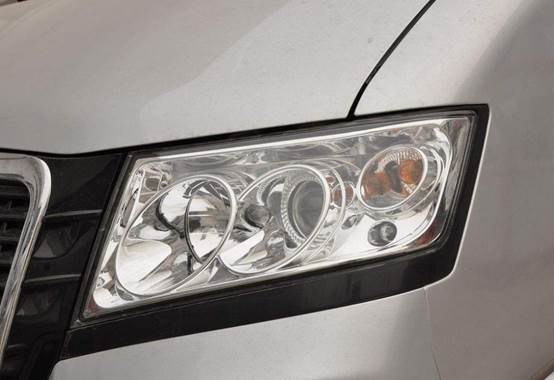
The halogen lamp is the upgraded incandescent lamp
The advantage is:
1.Low cost and simple production.
2.The color temperature is low and the penetrability is good.
3.Fast opening speed.
4.When encountering rainy and foggy weather, it has better penetrability with reflector.
weakness is:
1.High temperature,
2.poor durability
3.low brightness.
Xenon lamp is abbreviated as HID
Xenon lamp is abbreviated as HID, which refers to high-pressure gas discharge lamp. Its working principle is to boost the 12V voltage to an ultra-high voltage of 23000V, excite the xenon gas filled in the quartz tube to make it emit light, and then convert the voltage to about 85V to supply the xenon bulb to emit light steadily and continuously.
The advantages of xenon lamps are:
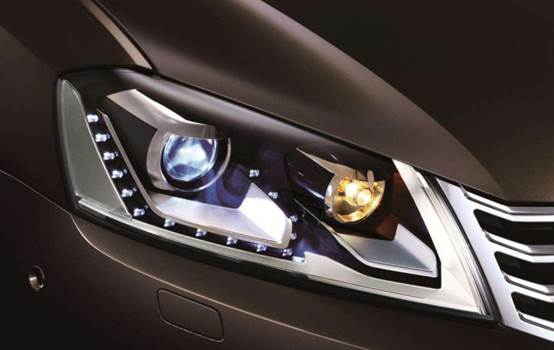
1.It presents blue-white light with a long range of illumination. Compared with halogen headlights, the recognition of road signs and signs is greatly improved.
2.High brightness, three times the brightness efficiency compared with halogen headlights.
3.Low energy consumption, halogen headlights consume more than 60W of electricity, and xenon only needs 35W.
4.Long life, xenon gas has no filament structure, and the service life is much stronger than that of halogen headlights. The service life of a set of xenon lamps is about 3000 hours.
5.Due to the working principle of xenon headlights, if there is a failure during use, the xenon gas will not be extinguished instantly, but will gradually dim until it goes out. This allows drivers on the road to have time to deal with headlight failures.
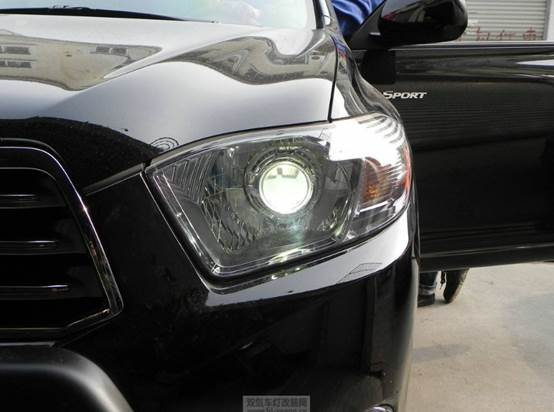
The disadvantages of xenon lamps are:
1.Poor light gathering, and because it is too bright, it is easy to shake the driver of the opposite vehicle and cause an accident. Therefore, xenon headlights must be equipped with lenses to improve driving safety.
2.The penetrating power is too poor. The penetrating power of xenon headlights is very weak in fog and ice and snow.
3.There is a delay effect. Because of the working principle of the xenon headlight, it takes 2-4 seconds to light it. Therefore, in daily use of the car, if you need to use the headlights to "shake" the vehicle in front, it is completely impossible to rely on xenon headlights at this time.
LED lights
LED lights, which are light-emitting diodes, are solid-state semiconductor devices that can convert electrical energy into visible light. It can directly convert electricity into light.
The advantages of LED lights are many:
1.Energy saving and environmental protection: The energy consumption of LED lamps is 1/20 of that of halogen lamps.
2.Low cost of use and long lifespan: The lifespan of LED lights from well-known manufacturers can reach 100,000 hours, which means that basically your car can't be driven and it is still on.
3.High brightness: The brightness is much higher than that of the halogen lamp, and the warning lamp used as the brake light has no pressure. (Strong penetrability)
4.Low-voltage safety: LED, the first element used in electronics, only needs a DC voltage of 12V to light up, and there is no need to worry about the voltage of more than 20,000 xenon.
5.Instant light up: no longer need the xenon lamp "will turn on again", just use it anytime.
6.A single LED is small in size: this is the favorite of designers, and it can be assembled into all kinds of favorites.
Disadvantages of LED lights:
1.The heat dissipation problem, if the heat dissipation is not good, the life span will be greatly shortened.
2.The initial purchase cost is relatively high.
From the above point of view, halogen lamps, xenon lamps, and LED lamps have their own advantages and disadvantages, but on the whole, LED lamps are undoubtedly more advantageous. Therefore, LED lamps are also the development trend of today's automobile headlights.







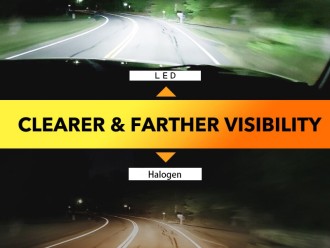
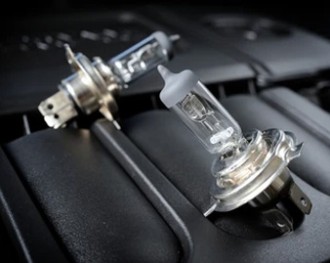

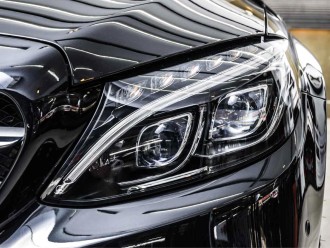
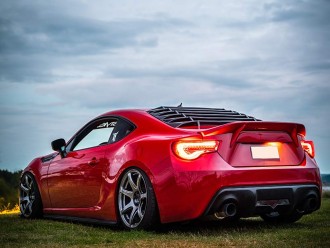
Validate your login